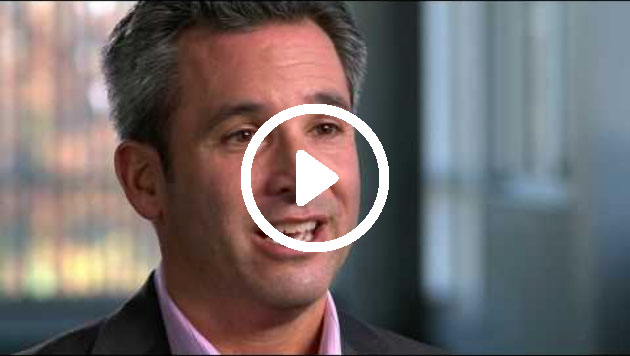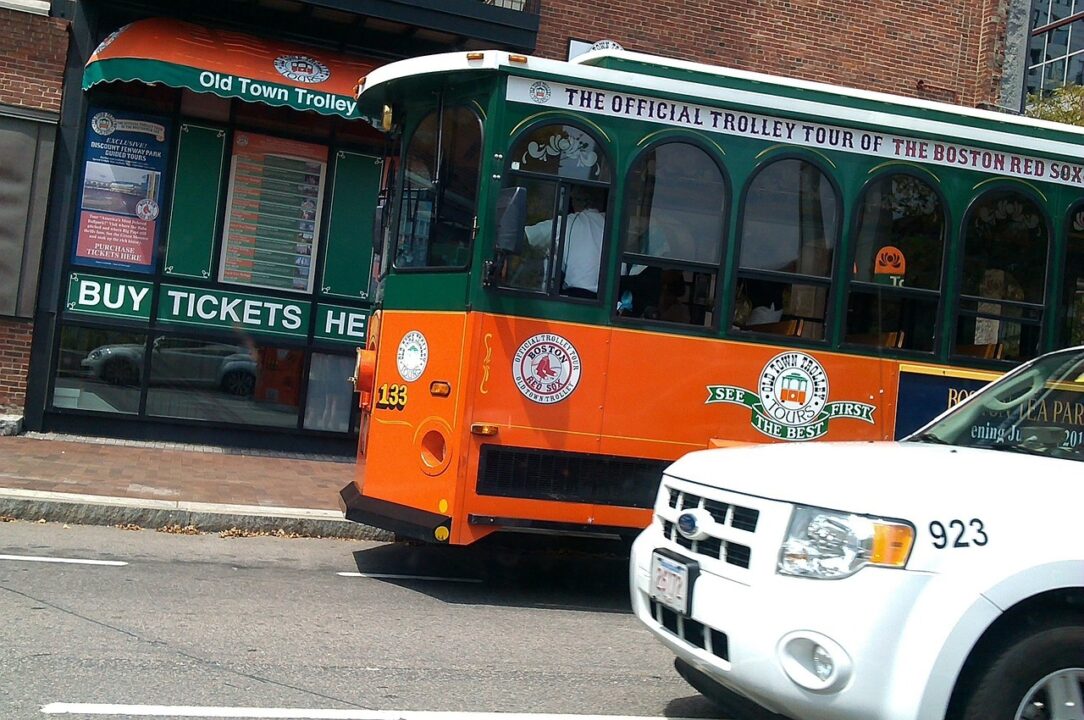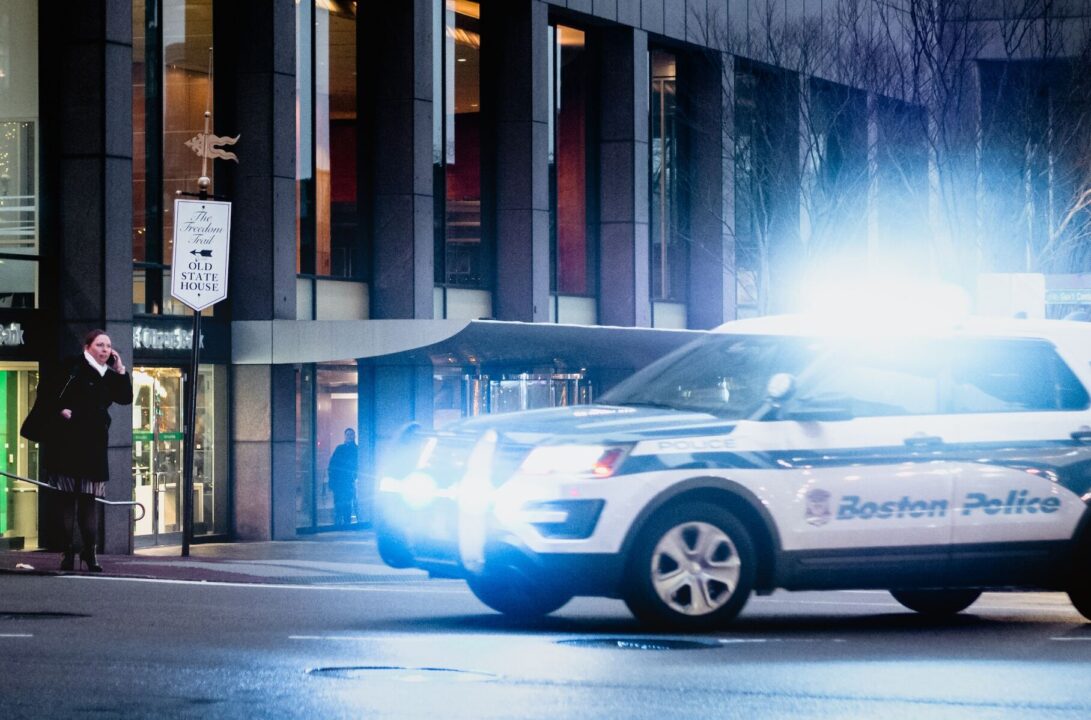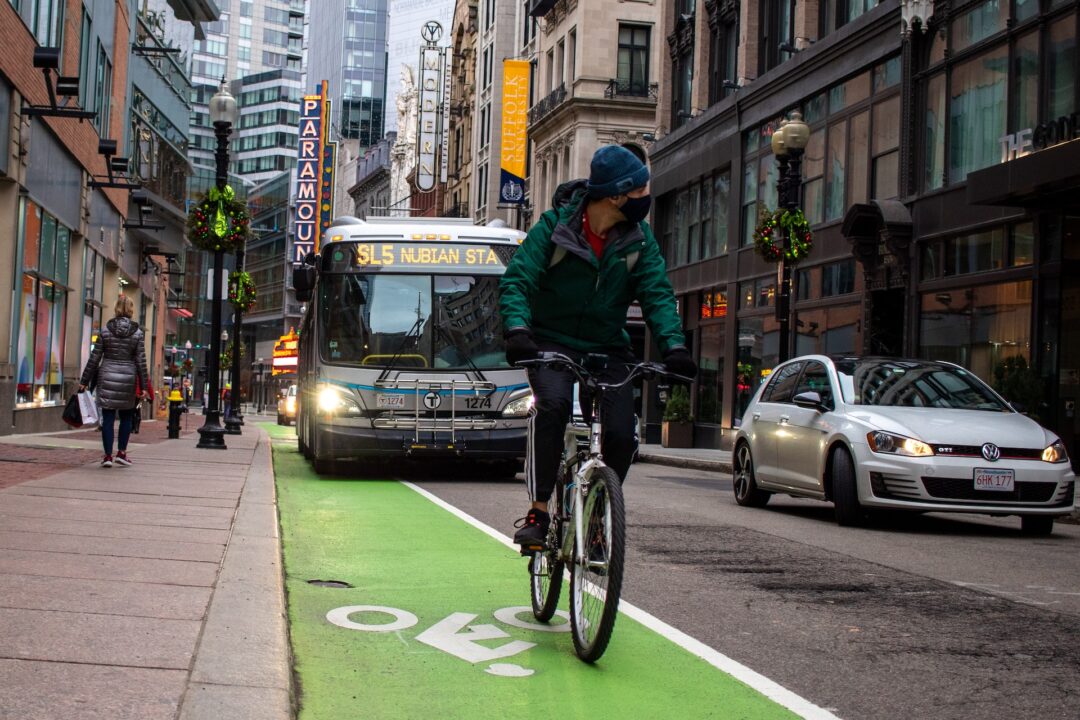JASON STONE INJURY LAWYERS
Before You Deal With the Insurance Companies on Your Own,
You Better Phone Stone®
After an accident, you can turn to a Boston personal injury lawyer for help. Our team at Jason Stone Injury Lawyers can help you recover emotionally, physically, financially, and legally. We address all of your post-injury issues so you can focus on getting back to living your life like you were before this incident happened.
Ultimately, your Boston injury lawyers focus on getting money for you and your family as a way to hold the person or business who harmed you accountable for everything you have lost. On that journey, we will make the process as easy as possible for you by maintaining frequent client contact and proactively addressing the challenges that are sure to come.
By anticipating your needs, we will develop the trust necessary for us to ensure you receive compensation for everything taken from you. Find out more by calling or completing our online contact form.
 CONTACT US TODAY
CONTACT US TODAY PERSONAL INJURY LAWYERS
Cases We Handle
Our personal injury attorneys in Boston can help you with a wide range of claims. Our law firm can assist with injuries from:
Insurance companies are looking to limit your recovery when you report an accident. Fortunately, a legal professional in Boston can stand up for you.
Slip & FallIf you slip and fall due to a property owner's negligence, you have legal rights to compensation for your injuries through a personal injury claim.
Construction Site AccidentsConstruction is dangerous work; even those passing a construction site can sustain injuries. Our legal team can help you seek fair compensation.
Dog BitesNot only are dog bites frightening and painful, but they can also be life-threatening or have lingering psychological consequences. A personal injury lawsuit can help you get damages.
Motorcycle AccidentsWhen facing catastrophic injuries related to a motorcycle accident, you could face severe physical injuries and growing medical treatment costs. We can seek payment from the responsible party.
Traumatic Brain InjuryThe effects of a traumatic brain injury can be invisible on the outside but very real on the inside. Accident victims can file a personal injury claim to secure compensation.
Defective ProductsYou have legal rights to compensation for an injury caused by a defective product, including medical devices and car parts. A personal injury law firm in Boston can represent you in these claims.
Nursing Home AbuseNursing homes and long-term care facilities are not the same as the home. However, they must provide residents with safety and care. You can reach out to a legal professional for help if you suspect nursing home abuse or neglect.
MEET OUR ATTORNEYS
Successful Negotiators and Trial Attorneys
Ready to Fight For Your Recovery
Our team in Boston can help you after any accidental injury caused by someone else's negligence. We use our extensive experience to help you secure a fair settlement that can cover the cost of your medical care, lost wages, property damage, pain, and suffering.
Watch Video Testimonials
Our Process
After a traumatic injury, you need the peace of mind of knowing that someone you trust will address all of your post-injury challenges.
We're here to help. At Jason Stone Injury Lawyers, we take care of our own because New England is our home.
Better Phone Stone 800.577.5188
Community Involvement
Giving back to our community through acts of generosity preserves and promotes the safety, beauty, and health of our cities and those who live here. Not only do we provide legal services to those who have been injured through no fault of their own throughout New England, we also team up with various charitable and nonprofit organizations in furtherance of their objectives. Our mission is to work with those wonderful organizations to prevent harm, alleviate suffering, and to use the joy of activity to increase happiness.
We’re here to help. At Jason Stone Injury Lawyers, we take care of our own because New England is our home.
 LEARN MORE
LEARN MORE Answers To Your Personal Injury Questions
Our team can explain the personal injury claims process in Boston when you contact us for a free initial consultation. We're ready to answer questions like:
01 How Much Do I Have to Pay?
Our Stone Cold Guarantee means that we only get paid after you get paid because we work on a contingency fee basis. Your free consultation will allow you to tap into our personal injury experience. Rest assured that There's No Obligation, Just Information®.
02 Can Jason Stone Injury Lawyers Work Around My Hectic Schedule?
Yes, we adapt to your needs and put our clients first by allowing you to choose how to contact us. FaceTime, Zoom, and Google Meet make video conferencing a snap, and if you're not big on technology, don't worry. We can meet face-to-face within 24 hours of your request.
03 How Long Do I Have to Wait to Hear Back?
Not long! We pride ourselves on being excellent, reliable communicators. Someone will contact you within 24 hours of your call. After that, we'll keep you in the loop with updates on your case every two weeks.
We've all heard of cases that drag out for years, but this doesn't have to be the case with yours.
You'll have the option to settle or start litigating within six months of your first settlement offer. Our Boston, Massachusetts, team will help you get back to your life as soon as possible by providing thorough legal guidance.
04 How Much Compensation Can I Expect?
The compensation you receive will vary. Personal injury law covers a wide range of accidents, but your injuries are unique, and we will treat them that way. While insurance companies are interested in making money, we won't recommend settling your case until you get the compensation you deserve.
You can rely on us to bring you fair damages through the legal process.
05 What Kind of Experience Does The Jason Stone Injury Lawyers Team Bring to the Table?
Please take a look at our attorney's track record and see how we've helped our clients recover millions of dollars over the past 20 years through the personal injury claim process in Boston.
Jason Stone founded this legal practice in 2004. His team of attorneys has decades of experience practicing law in Massachusetts. We've helped many of your neighbors get the justice they needed to move on with their lives.
We're deeply invested in this community because most of our team hails from Massachusetts. We understand the people here and their needs. With years of community involvement, we've been working hard to make this state a better place for our families and yours.
06 How Will Jason Stone Injury Lawyers Handle My Case?
We assemble a three-person team for each case to ensure that your needs are met. We will also keep you posted with regular updates. Our goal is to reduce your stress about dealing with legal issues. You need to focus on making a full recovery and getting your life back on track.
To us, you're more than a number. When we see insurance companies treat people like paychecks, our Boston trial attorneys work to get you the compensation you deserve. We're persistent, aggressive, and enthusiastic about assisting you in achieving your goal to recover from your injury.
07 Speak to a Boston Injury Attorney Today
Your Boston injury lawyers from our team will put you first and use our legal experience to build your claim. You can count on Jason Stone Injury Lawyers to focus on bringing you a maximum settlement or helping with your personal injury lawsuit.
Call or fill out our online contact form to learn more.















 ">
">  ">
">  ">
">  ">
">  ">
">  ">
"> 


